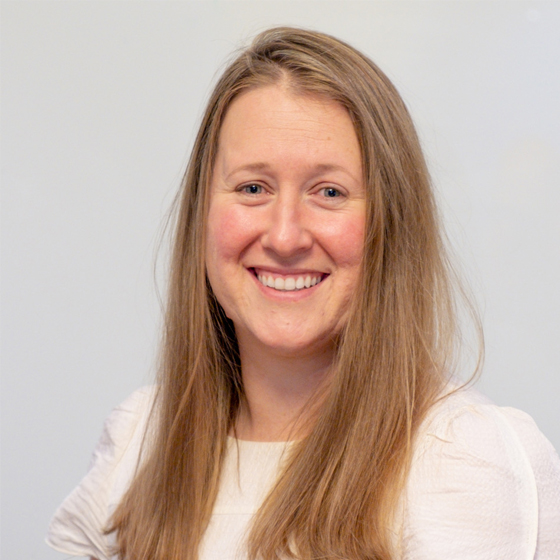Every month we look across the sector, to identify resources and reports that assist in the application of the Future-Fit Business Benchmark.
This month we are focusing on Rethink X’s report on climate change, Kering and CISL’s paper on Planetary Boundaries, and edie’s article on 5 key net-zero considerations. Keep reading to learn how Future-Fit complements existing initiatives and thought leadership.
Rethinking Climate Change – Rethink X
Rethink X’s latest paper, Rethinking Climate Change, analyses how society can transition to net zero to mitigate the climate crisis – and the overarching message is a positive and hopeful one. The report looks at greenhouse gas emission scenarios and disruption within the energy, transportation and food sectors in turn, before addressing the implications for climate change. In particular, it aims to help decision-makers by categorizing sources of emissions according to three stages of mitigation readiness: Research, Deploy, and Scale. The papers key messages include:
- Society can achieve net zero emissions by deploying and scaling existing technologies.
- We must use economic markets as the dominant driver of emission reductions.
- A myriad of varied approaches to emissions reductions, like subsidies and taxes, biofuels, clean coal, clean diesel, and other techno-fixes are not going to achieve substantial change. It is much better to use focussed solutions.
- Technology alone won’t enable us to achieve net zero – we need societal choices to align with this future.
Rethink X’s work is pitched at a systemic level, but the themes are still relevant to certain Break-Even Goals which are aimed at reducing impacts on climate change. These include BE01: Energy, BE06: Greenhouse gas emissions and BE18: Product GHGs. In addition, if companies are looking to bring to market or accelerate solutions which go above and beyond reaching Break-Even, such as electric vehicles or precision fermentation, these can be articulated using the Positive Pursuits. A particularly relevant Positive Pursuit for this paper is PP23: Market mechanisms, which is all about reorienting the economy to align incentives, optimize resource allocation and reward efficiency – as highlighted as necessary in the report.
Linking planetary boundaries to business – Kering and CISL
This paper provides an introduction to the Planetary Boundaries (PB) framework and how it can relate to science-based corporate sustainability targets. The PB framework is based on nine interacting processes that, taken together, determine the condition or state of the Earth System. The boundaries define a safe operating space for humanity that should not be transgressed if we want to maintain stable conditions at the global level.
Four of the nine highly interdependent PBs have now been transgressed as a result of human activity. This has serious implications for society and humanity. Businesses in particular face specific risks, such as supply chain disruption, shifting markets, new regulatory compliance and natural resource scarcity.
The paper cautions that the PBs are based on the Earth system as a whole, rather than at the scale of a business. The report highlights that there are two approaches – ‘downscaling’ the PBs to explore what they mean at the company scale, or ‘upscaling’ where the impacts of local business activities are translated into the global consequences. Both have advantages and disadvantages, but the paper concludes that the PB framework is fundamentally not designed to be applied directly to business.
The Future-Fit Business Benchmark can address this issue. Our methodology is grounded in the 8 system conditions outlined in the Natural Step’s Framework for Strategic Sustainable Development. The difference between the system conditions and PBs is that abiding by the system conditions ensures levels of negative impact are not systematically increasing, whereas the PBs are a defined threshold we must not cross as a society. Future-Fit aims to maintain the system conditions, rather than allowing their breach up to a certain point, such as the high risk ‘red zone’ threshold identified by the PBs.
The Future-Fit Business Benchmark has specifically been designed to apply the system conditions to an individual business. Therefore, unlike the PBs, the Break-Even Goals and Positive Pursuits are highly tailored to what is necessary for a company. Hence, Future-Fit is a great place to start or stress test a sustainability strategy if a company wants to ensure it is playing its part in staying within the PBs.
5 key corporate net-zero considerations based on the latest IPCC report – edie
Most of you will have seen the IPCC’s Sixth Assessment report which was released at the start of August. The message is clear – we are facing ‘Code Red for Humanity’. In response, the edie newsroom has pulled together 5 key messages for corporates on how they should react to the report:
- Net-zero is not the end destination – it is the minimum target to strive for.
- Science-based targets should be a prerequisite to the net-zero movement.
- Offsets aren’t a long-term fix.
- Climate strategies require adaptation blueprints.
- Policymakers need pressing.
The BE01: Energy and BE06: Greenhouse gas emissions goals can help a business respond to these calls to action. The Action Guides provide information on how to set science-based targets and choose offset projects which are genuinely tied to emission reductions. In particular, the BE01: Energy Action Guide calls attention to unbundled Renewable Energy Credits (RECs) and why they should not be considered adequate offsets.
The Positive Pursuit Guide also provides insights into how companies can leverage their influence to apply pressure on governments and institutions to accelerate the transition to a Future-Fit Society, in line with edie’s emphasis on the importance of pressing policymakers.





